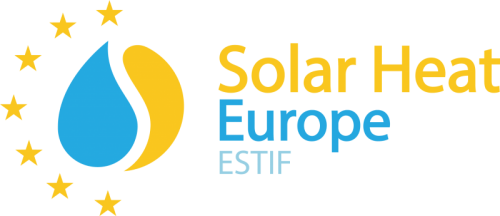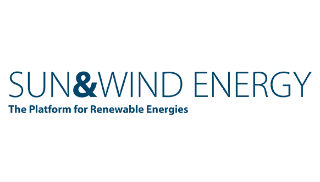The growth rate of solar thermal energy has been declining for years. Is there hope for the coming years? S&WE spoke to Pedro Dias, Secretary General of the European Solar Thermal Industry Federation (ESTIF).
S&WE: Mr. Dias, what do you expect from the solar thermal market in Europe in the year 2017?
Pedro Dias: During the last years, several important solar thermal markets faced reductions in their annual sales. Nonetheless, some of those markets have shown signs of stabilisation. We expect that such stabilisation will occur in other markets. We also expect that applications for domestic hot water in multifamily houses, solar heat for industrial processes and in particular solar district heating perform better than the single-family houses segment.
S&WE: What are the most important factors to determine the market in 2017?
Dias: We identified mainly three factors which will have a relevant impact on the solar thermal market in 2017: the evolution of fossil fuel prices, the effect of the EU Heating and Cooling strategy (HCS) and the energy labelling implementation, specifically for package label, which aims at providing an indication on the performance of the entire system rather than its components separately.
Several entities have forecasted an increase of fossil fuel prices over the coming years. It is though unclear how much this will be felt in 2017. The upward trend can already have an impact on consumers’ perception, when deciding about purchasing their new water or space heating system. But it is clear that low fossil fuel prices, together with the lower initial investment costs for carbon-based technologies (oil, gas, coal), have been hurting solar thermal and other Renewable Energy Sources (RES).
It is possible to identify some signs of EU Members States looking differently at the renewable heating and cooling technologies. We need to remember that the Heating and Cooling Strategy, launched in February this year, has helped to reveal the untapped potential of this sector. With 2020 approaching, several countries are looking into alternative ways, besides renewable power generation, to reach their 2020 RES targets and reduce CO2 emissions. The heating and cooling sector, consisting of mainly decentralised demand and decentralised supply, does not face the systemic challenges for its integration as electricity from RES does. It faces different challenges, which have to do also with that decentralised nature, namely engaging consumers in programmes to renovate their water and space heating systems with renewable heating and cooling. But public authorities are also better aware of other benefits, such as reduction of energy imports and creation of local jobs. These factors combined make us confident that countries which have not yet implemented concrete measures addressing this sector will start soon to do so, while others will rethink the mechanisms they have used before.
One aspect, of which the impact in the market is not completely clear for the moment, is the energy labelling for space and water heaters, in particular the package label. This regulation came into force in September 2015. After one year, it is clear that there is little knowledge about it among consumers and a limited interest of stakeholders, namely installers, in applying and promoting it. And at this stage we don’t see clear signs of change for 2017.


Leave a Reply